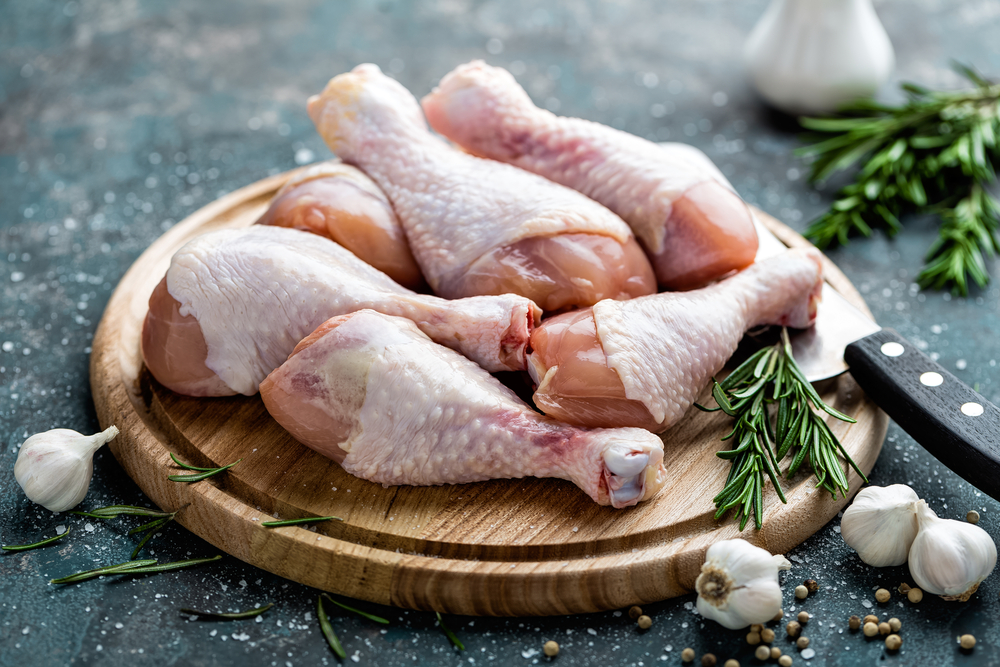Chicken is one of the most popular meats around the world, but many people have wrong ideas about cooking it safely. These wrong ideas can make chicken taste bad or even make people sick. Some people cook chicken too much and make it dry. Others don’t cook it enough, which can be dangerous. Learning the right way to cook chicken helps you make tasty, safe meals. It also helps you forget the wrong cooking tips that people have shared for many years.
Washing Raw Chicken Is Necessary for Safety
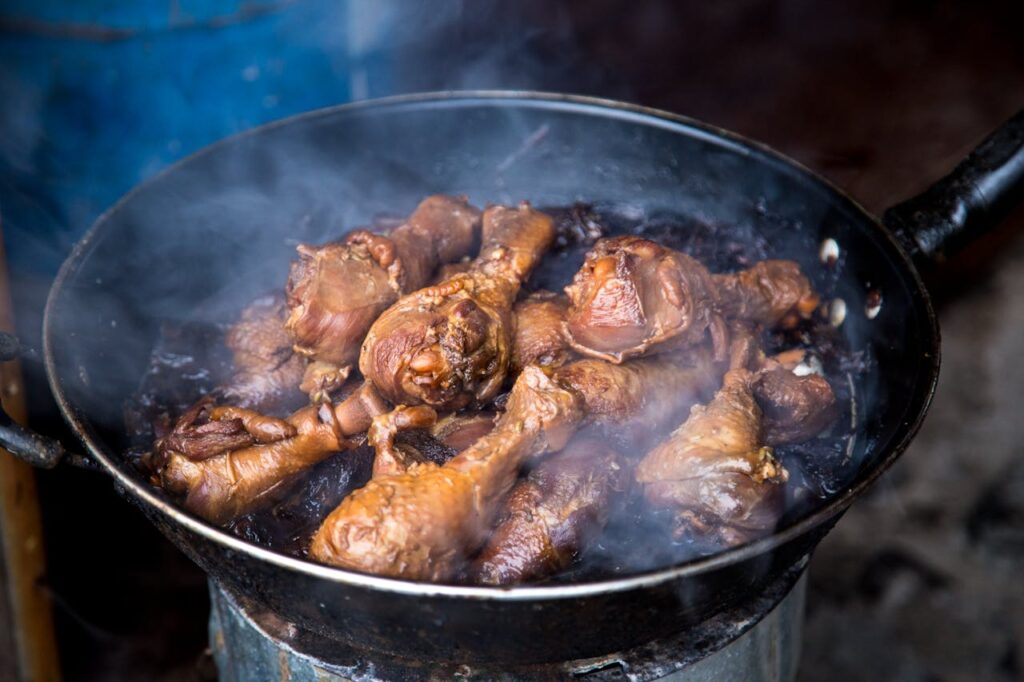
Many people think washing raw chicken gets rid of harmful bacteria, but this actually makes things worse. When water hits raw chicken, it makes tiny water drops that spread bacteria like Salmonella around your sink. These bacteria can fly up to three feet away. Water alone cannot wash away these dangerous bacteria. Cooking chicken to 165°F internal temperature kills all the harmful bacteria that make you sick. The best thing to do is take chicken straight from the package to your pan, then clean everything it touched with hot, soapy water.
Pink Chicken Always Means It’s Undercooked

Color is not a good way to tell if chicken is done cooking. Young chickens often stay pink even when they’re fully cooked because of their young bones, which can leak a red substance into the meat around them. Grilled chicken might look pink from the smoke, while some fully cooked chicken looks white right away. The only safe way to check is with a meat thermometer. Make sure chicken reaches 165°F in the thickest part. The chicken’s age, how you cook it, and even what the chicken ate can change the color no matter how safe it is.
High Heat Cooks Chicken Faster and Safer
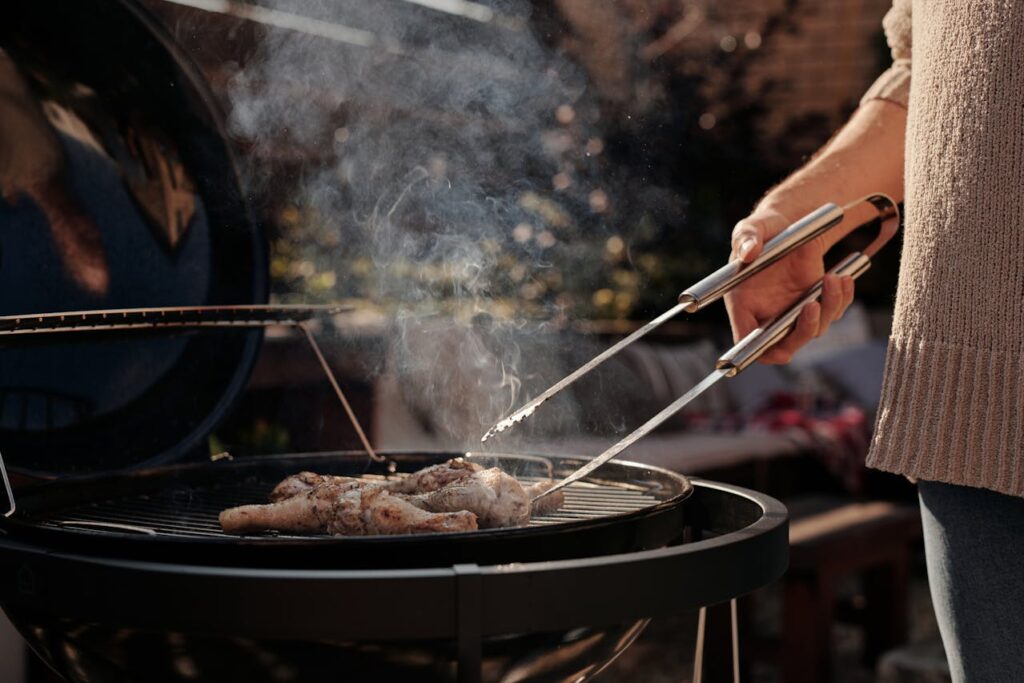
Cooking chicken with very high heat might seem like a good idea for killing bacteria quickly, but this often makes chicken that’s burnt on the outside and raw on the inside. Food science research shows that medium heat around 350-375°F, lets the heat go through the meat evenly. This makes sure the inside gets hot enough to be safe while keeping the chicken juicy. High heat makes the proteins squeeze out their natural juices too fast, creating tough, dry chicken. Lower, steady heat gives the tough parts time to get tender while still reaching the safe internal temperature of 165°F.
You Can Tell When Chicken Is Done by the Juices Running Clear
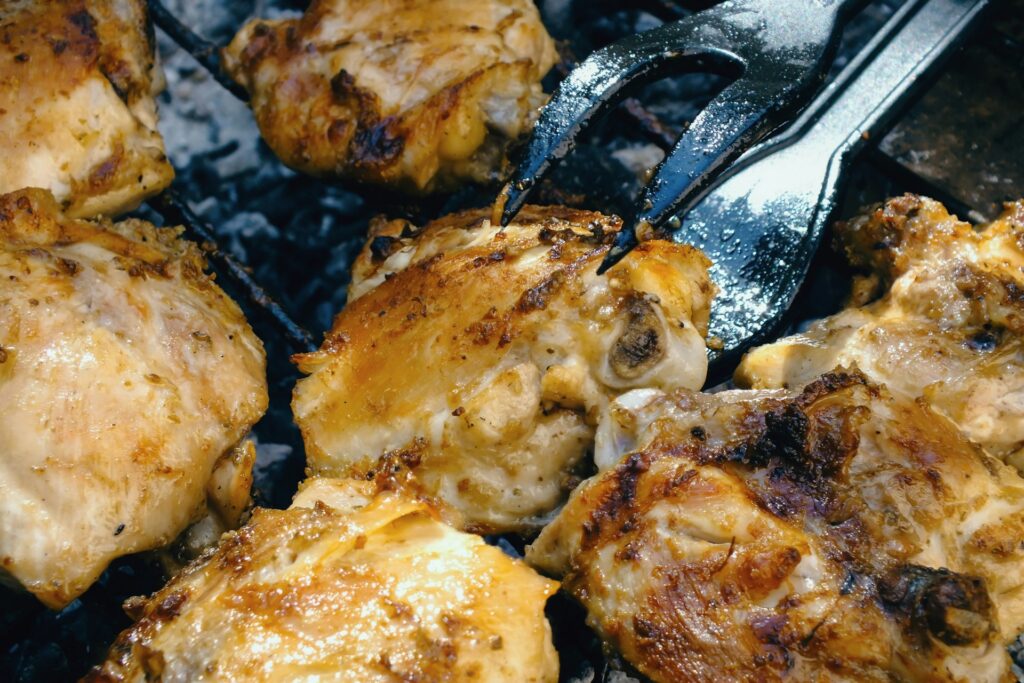
Clear juices don’t guarantee that the chicken is cooked safely. Chicken juices can be clear while some parts are still raw, especially in thick pieces or bone-in cuts, where heat doesn’t reach everywhere the same way. On the other hand, properly cooked chicken might still have slightly pink juices because of natural substances in the meat. Looking at juice color, how firm the meat feels, or how it looks can give you hints, but can’t replace using a thermometer. Professional cooks always use thermometers to keep food safe. Getting a good instant-read thermometer takes away the guessing and makes sure your chicken is perfect every time.
Brining Doesn’t Make a Significant Difference

Brining really changes how chicken proteins are structured by using salt to work with the muscle fibers. Salt breaks down proteins, helping them hold more moisture during cooking while making the meat more tender. Culinary research has found that a simple saltwater solution helps chicken keep up to 10 percent more moisture compared to chicken that wasn’t brined. This process also adds flavor all the way through the meat, not just on the surface. Even putting chicken in salt water for just 30 minutes makes it noticeably juicier and tastier. This works because salt changes how the protein molecules are arranged, making them better at holding onto water when you cook.
Frozen Chicken Cooks Exactly Like Fresh Chicken
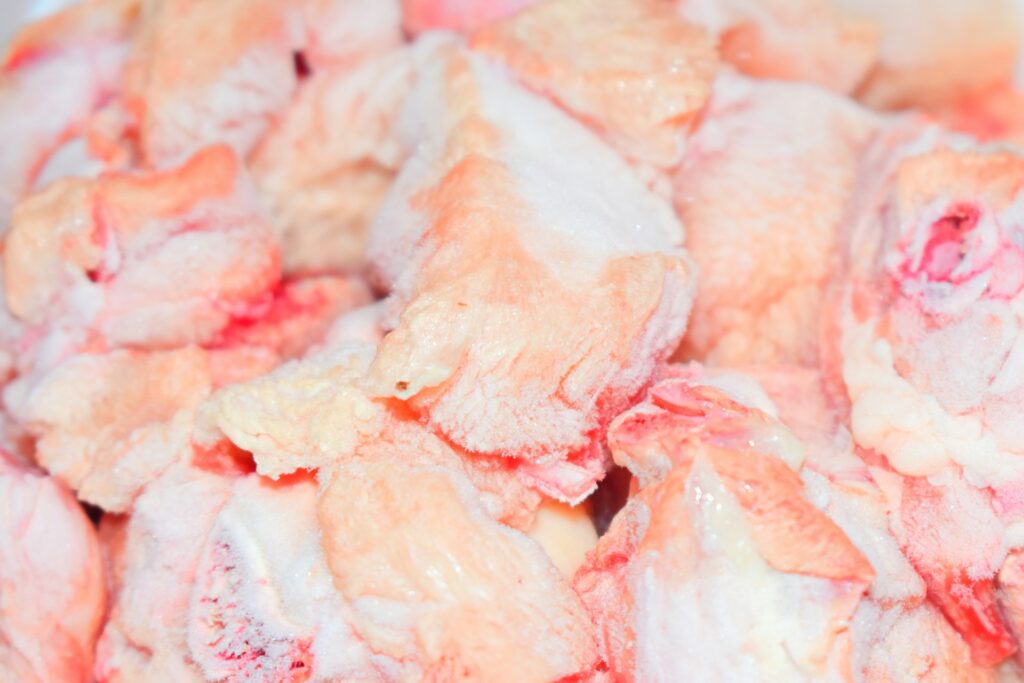
Frozen chicken needs to be cooked differently because ice crystals form inside the muscle fibers. These ice crystals damage the cell walls, which can make it mushy and lose more moisture when cooking. Frozen chicken also cooks unevenly, with the outside getting hot while the inside stays cold. Thawing the chicken first lets you cook it more evenly and makes it taste better. When you cook frozen chicken, use lower temperatures and cook it longer to make sure the heat reaches everywhere. Fresh chicken keeps its texture better and works better with marinades and seasonings because its cellular structure isn’t damaged.
Resting Chicken After Cooking Is Optional

Resting lets the muscle fibers relax and soak up the juices that moved around during cooking. This stops the juices from flowing out when you cut the chicken. During cooking, heat pushes moisture toward the surface. A 5-10 minute rest lets these juices redistribute throughout the meat, making the chicken much juicier. Larger pieces need longer rest times. This process also lets residual heat keep cooking the inside a little bit, helping it cook evenly all the way through. Covering with foil keeps it warm without overcooking. Skipping this step often makes dry chicken and leaves a puddle of juices on your cutting board instead of inside the meat.
Disclaimer: This article was created with AI assistance and edited by a human for accuracy and clarity.
